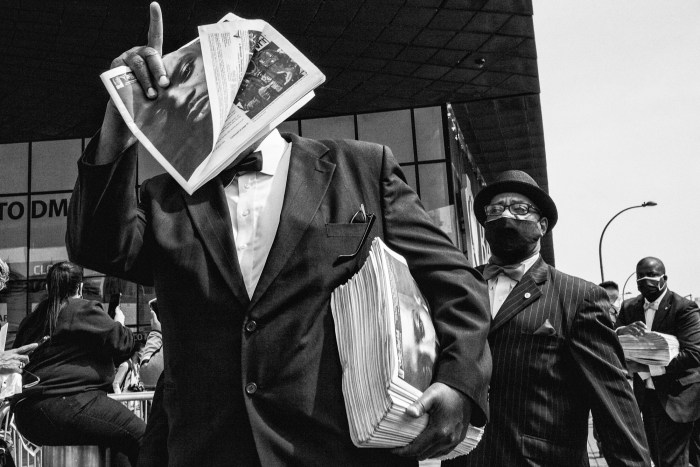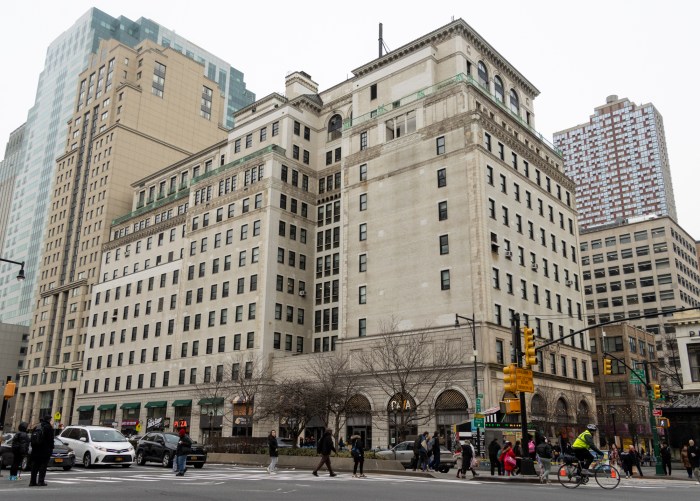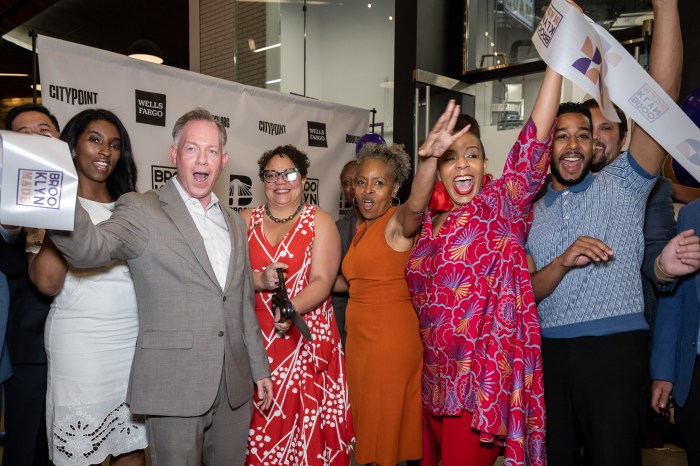This crew went from Brooklyn to space and back again.
New York University Polytechnic School of Engineering hosted a talk on Thursday night about the future of space travel with three alumni who went on to become astronauts after graduating. Poly students who are competing to build a National Aeronautics and Space Administration digging robot said the talk brought things down to Earth for them.
“Hearing them talk about this stuff makes the competition more real,” said Devon Simmons, a co-captain of the team. “It puts things in perspective.”
Lee Morin, who graduated from New York University’s medical school in 1982 and flew on a shuttle mission to the International Space Station, presented a vision for the future of space exploration that relies on robots like the one Simmons’s team is working on. Morin explained that in order to build something like a permanent outpost on the moon, scientists would have to send up robots that can craft the materials and tools needed from moon-rocks, because launching that stuff up there would be too expensive. The first robot could make the things it needs to construct another robot, and together they could start to build bigger and bigger components. He calls the approach the “compound interest model.”
“We have to build stuff that helps you make more stuff,” Lee said.
Charles Camarda, an astronaut who graduated from the engineering school in 1974 and flew on a space shuttle mission, agreed that self-sufficiency is key above the atmosphere.
“It’s living off the land. It’s what all pioneers do,” he said.
The third alumnus-astronaut, Paolo Nespoli, who works with the European Space Agency and spent five-and-half months on the space station, said astral explorers should aim higher, and farther.
“We should put some energy into a place we haven’t been to yet,” Nespoli said. “I think we need to go to Mars.”
Nespoli explained that a flashy accomplishment like that would inspire a new generation of engineers and astronauts like the lunar landing did for his generation.
The out-of-this-world guests also talked about a current mission to land a spacecraft on an asteroid, then move the asteroid into the earth’s rotation. The idea is that, once the hunk of space rock is closer to home, astronauts could visit it, take samples, and run experiments.
A kid in the audience asked the astronauts what the most fun thing they did in space was. Nespoli explained that just being there is a blast.
“They don’t usually send you to space to have fun,” he said. “But you can really do some crazy stuff you can’t do here on earth. You’re Superman or something.”The talk came just days after this reporter suited up for his own space mission at the Navy Yard, where he crashed and burned on a spaceship flight simulator at Final Frontier Designs, a spacesuit manufacturer trying to break into the private-star-ship industry.























